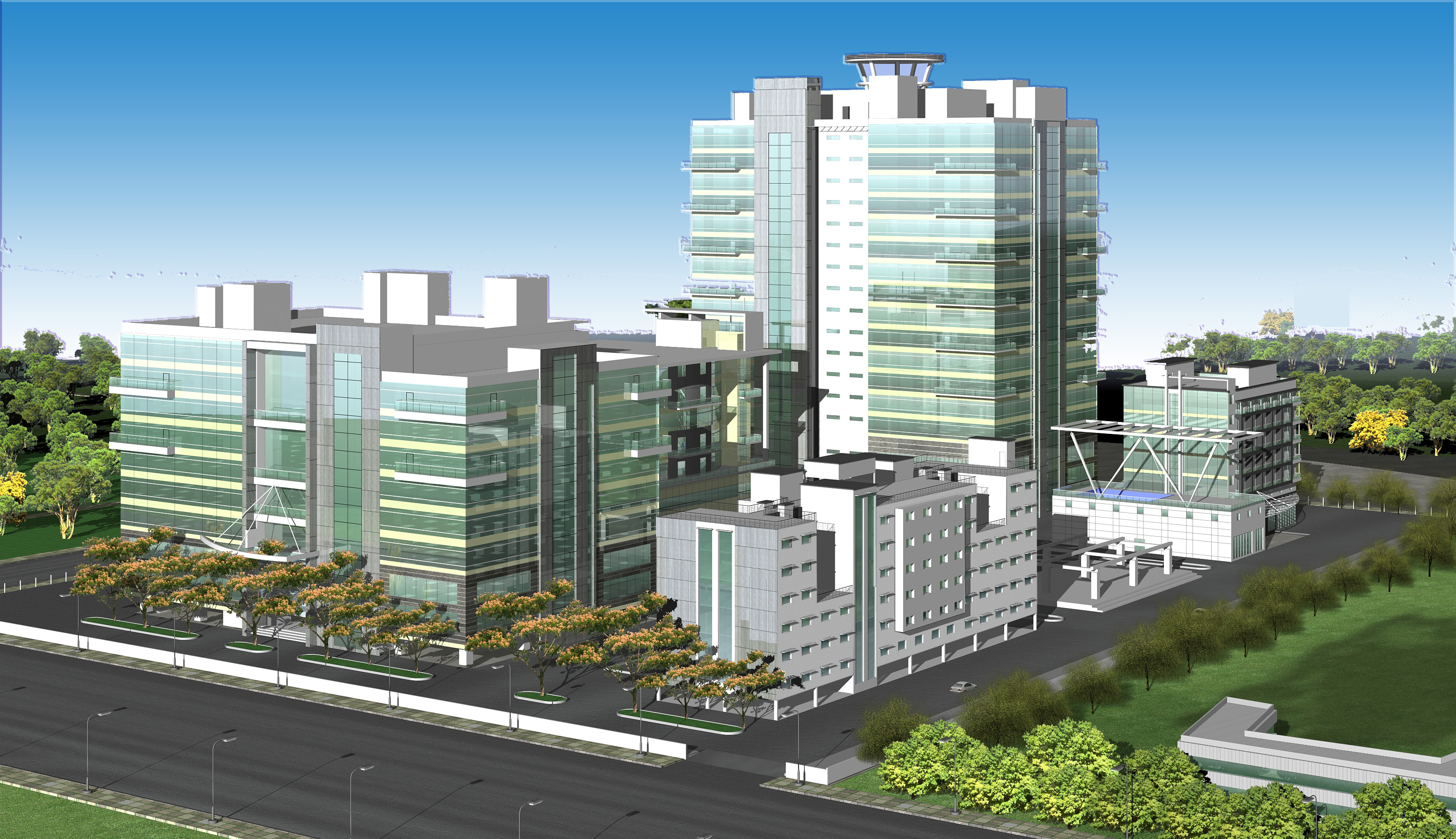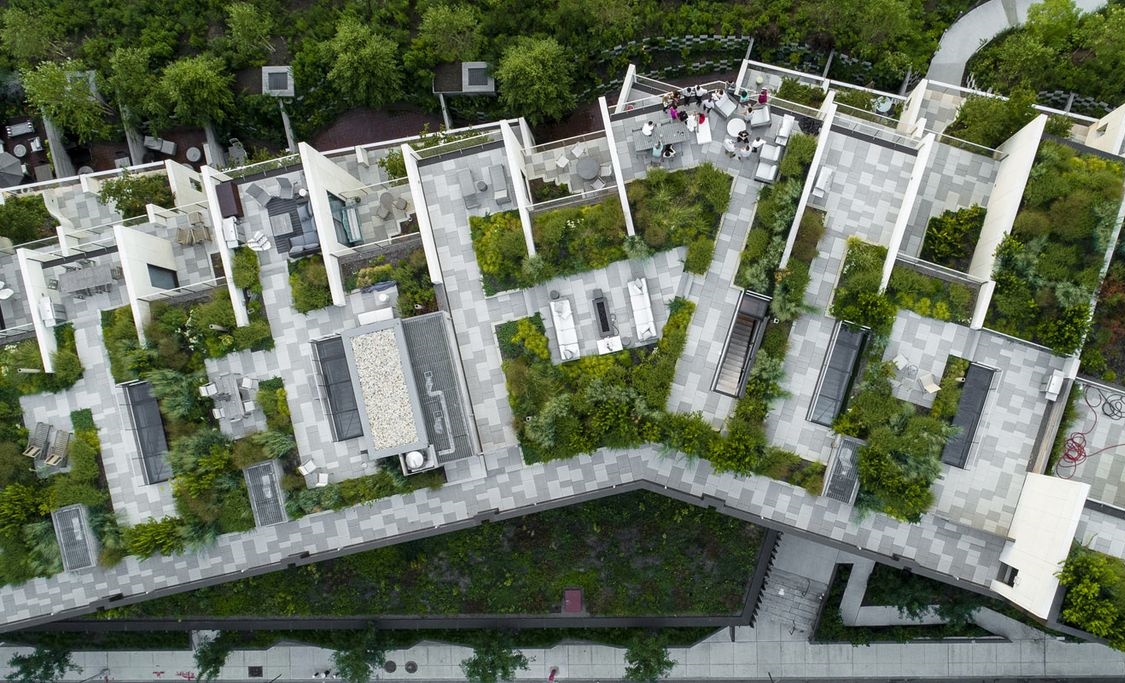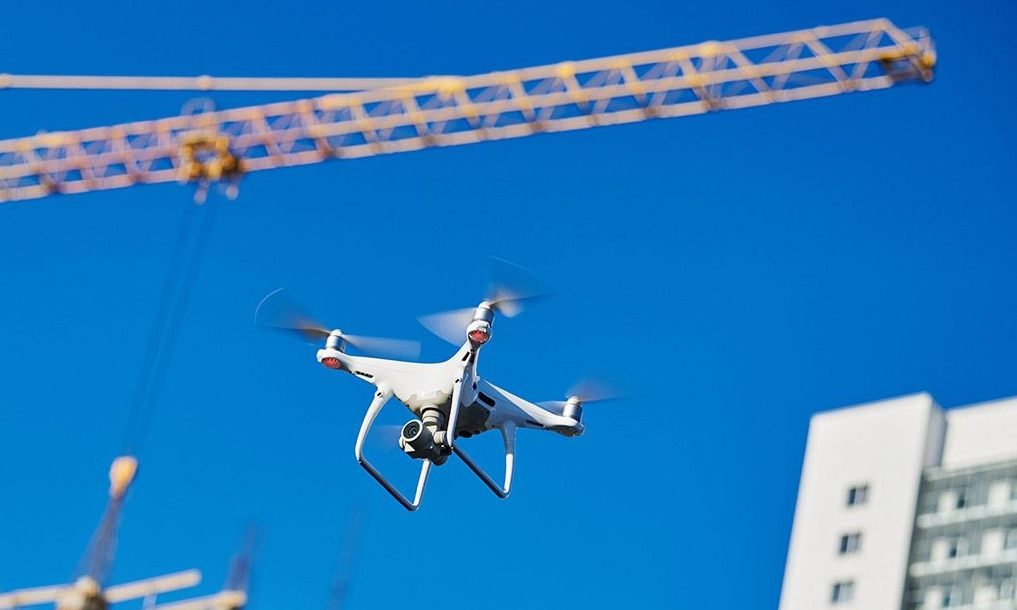
Civil Infratructure & Construction
Construction Industry is one of the most booming industries in the whole world. The whole process of construction can be divided into various segments like
- Construction of buildings: Residential, industrial, commercial, and other buildings.
- Heavy and civil engineering construction: Residential, industrial, commercial, and other buildings.
- Specialized activities like carpentry, painting, plumbing, and electrical work.
Infrastructure is a life breath of any nation as it provides strong base for the growth of others sectors of an economy. For building huge infrastructures, machineries both heavy and light are necessary. Construction machineries like cranes, loaders, dumpers, excavators, mixers, crushers, etc. are serving the purpose very well.
Construction Industry is the base of the world economy and this is achieved through the construction of residential and commercial properties, bridges, tunnels, roads, railway tracks, airports, etc.
This year, the COVID-19 pandemic changed how the construction industry does business, from scheduling and closing projects to hiring workers to meeting with clients. Looking forward, many industry trends will be affected by the fallout from the pandemic. New technology continues to change the construction site, improve the ability to win projects, and increase profit margins. Trends and movements are changing the roles of industry professionals and frontline workers.
As the industry becomes more competitive and the market shifts, harnessing these construction trends will prove valuable for any construction firm. Read on for the 10 must-watch construction industry trends for 2021 to help you stay competitive.
EFFICIENT TECHNOLOGY
Be it a large, small or medium construction firm, everyone is striving for modern technology. The most significant aspect associated with the industry is increased use of the latest technologies for pacing up the work. With the importance given on security and infrastructure, overseas job prospects in this industry are increasing day by day. Cutting edge technology is being adopted by world's biggest industries for leveraging purposes and is mainly being used in raising the efficiency level of engineering and designing of construction industry.
The biggest differentiator for builders and developers this year is likely to be technology in construction — specifically, the innovations that can enhance efficiency. The COVID-19 pandemic is causing increased reliance on construction technology, too; these are a few types of tech that will only increase in popularity through 2021 and beyond.
Smart Contracts
Experts see blockchain technology improving relationships in the construction industry — it’s a powerful component in providing a more secure and fast-moving workflow that allows all involved parties access to improved productivity.
Smart contracts offer all organizations in a project a shared system to do business, allowing them to buy, track, and pay for services. Rather than getting contracts and tracking deliverables from separate parties, firms can use smart contacts as an all-in-one tracking system where rules and deadlines are set and the blockchain enforces them. This system will make for faster closeouts, increased security, better project tracking, and an automated supply chain.
Construction Drones
Drone use in the construction industry continues to be one of the fastest growing trends, with usage rising by 239 percent year over year. The technology offers far more uses than just aerial photography for real estate and commercial efforts.
Today’s drones are used for rapidly mapping large areas over long distances, producing valuable aerial heat maps and thermal images. The advancing drone software provides real-time, actionable data that can be used for rapid decision making, further streamlining the entire construction process.
Personal safety and equipment loss continues to be the biggest liabilities in construction. Drones can perform jobs in place of human workers to prevent injury, such as jobs requiring scaling supertall structures. As on-site security tools, drones can be leveraged to reduce labor costs and minimize the risk of theft, keeping projects on schedule and minimizing hiccups.
More advanced future uses include monitoring equipment depreciation and incorporating AI to organize moving construction equipment.
Augmented Reality (AR)
The global AR market is expected to be valued at more than $1.2 trillion by the end of the decade, up from about $37 billion in 2019. On the client front, AR means efficient project-staging, and making pre-construction projects tangible for buyers and tenants.
For builders and developers, AR facilitates the use of wearable technology and 360-degree video to enable:
- 3D visualization of future projects on their surrounding environment
- Automated measuring of buildings
- Fast and affordable simulation of architectural and structural changes
- Safety training and hazard simulations

Building Information Modeling (BIM)
Building information modeling technology is helping industry leaders stand out with improved efficiency. BIM allows users to generate computer renderings of buildings and utilities. The ease of managing these models and sharing data can enable superior prefabrication of parts, leading to on-time and accurate completion. Autodesk describes it as “an intelligent 3D model-based process to help professionals manage buildings and infrastructure.”
Green Building
Green construction is the expected standard for homebuyers, renters, and commercial tenants. Unfortunately, many sustainable and eco-friendly features remain a luxury, despite their long-term savings — though this will change over the next decade as ecotech and sustainable construction become more mainstream.
Renewable energy sources captured 11% of the energy market in 2019 (per the U.S. Energy Information Administration) and are only expected to grow in their share as accessibility increases. That’s a huge market, given buildings are still responsible for 40 percent of U.S. energy consumption and 30 percent of greenhouse gas emissions.
Green construction includes both the technology to lower a building’s carbon footprint and the use of resources and building models to reduce the use of resources. Perhaps an even greater driver of green building is proof of its value for occupants. Research shows that green buildings can have a positive psychological and physiological impact on inhabitants and even passersby.

Smart Cities
Some of the biggest tech companies in the world, like IBM, Microsoft, and Cisco, are investing heavily in megaprojects to build smart, sustainable cities. These cities are more intricate and interconnected than most megaprojects and require intense planning and development prior to commencement. Global spending on intelligent infrastructure development topped $120 billion in 2020 and is expected to sharply increase.
Some of the most notable global megaprojects in the works range in cost from tens of billions to over $100 billion and are projected to influence the economy, improve the infrastructure, and contribute to the environment.

These construction industry trends are rapidly changing the global market; rising prices, and skilled labor shortages are likely to continue in the coming decade, and regulatory challenges may become stricter with intense scrutiny on workplace safety and climate change adaptation. By adopting new practices, leveraging new technologies, and investing in new projects, builders and developers can reduce risk, win more contracts, and enjoy profitability.







